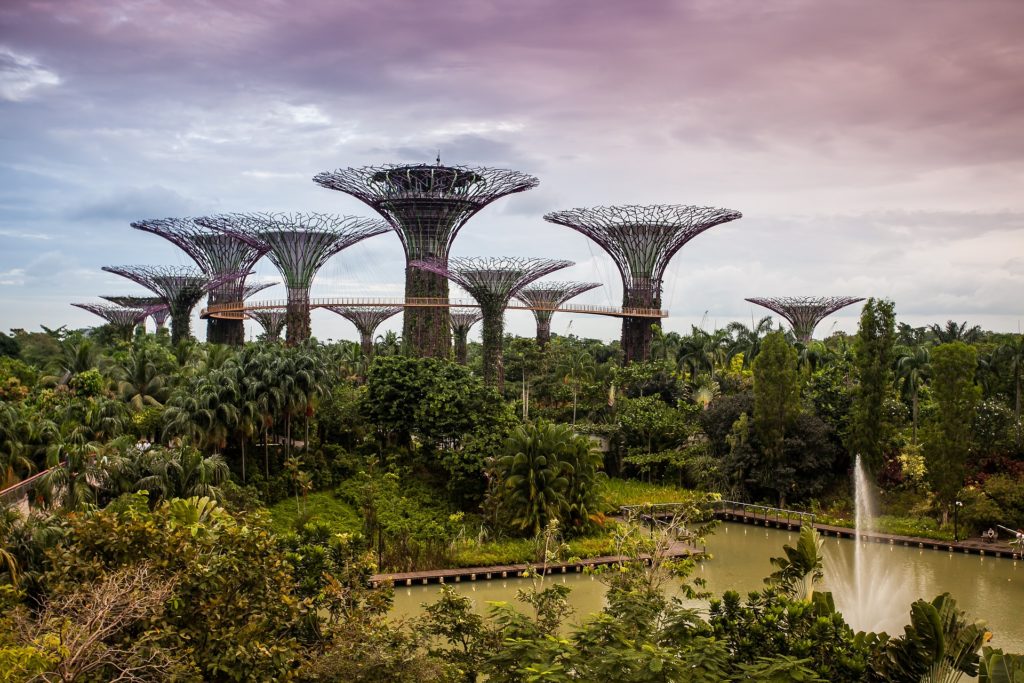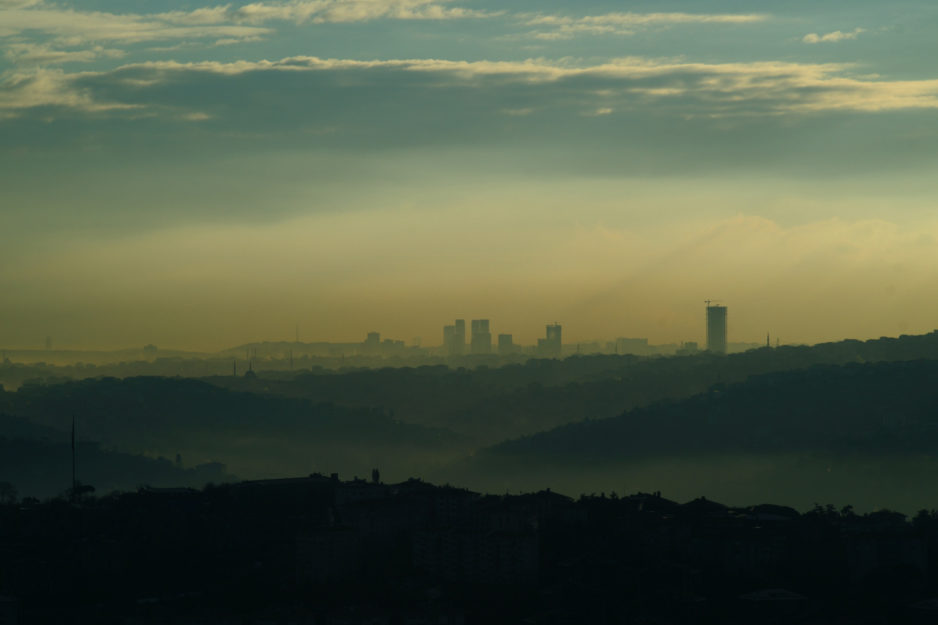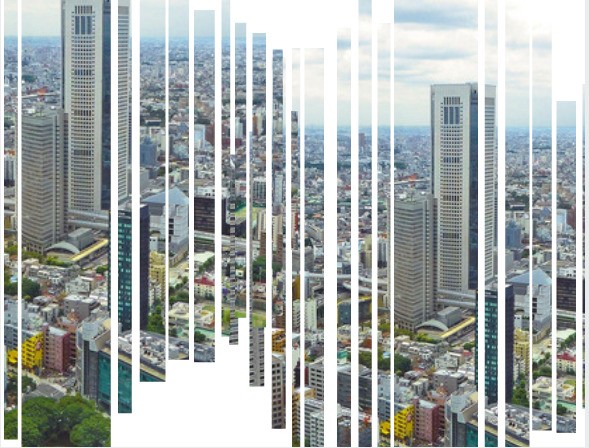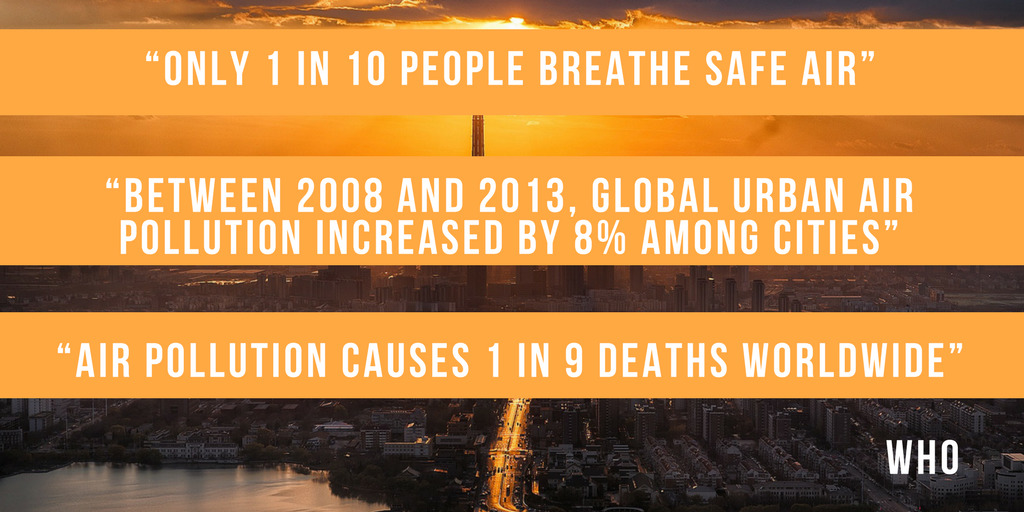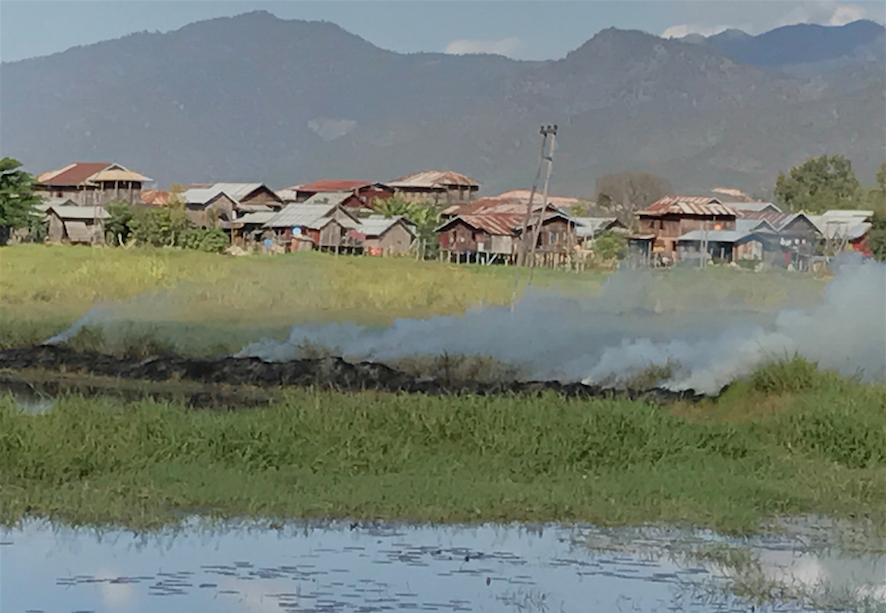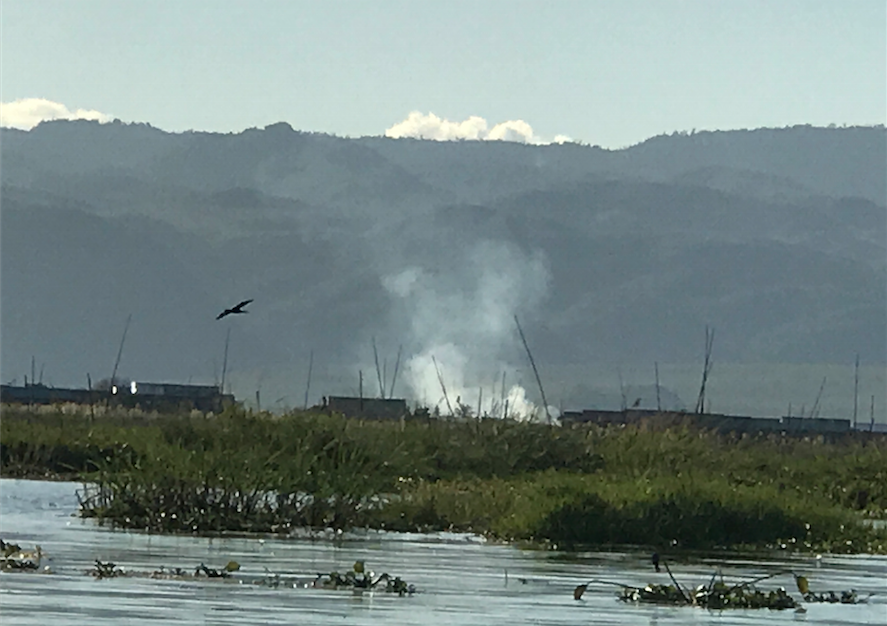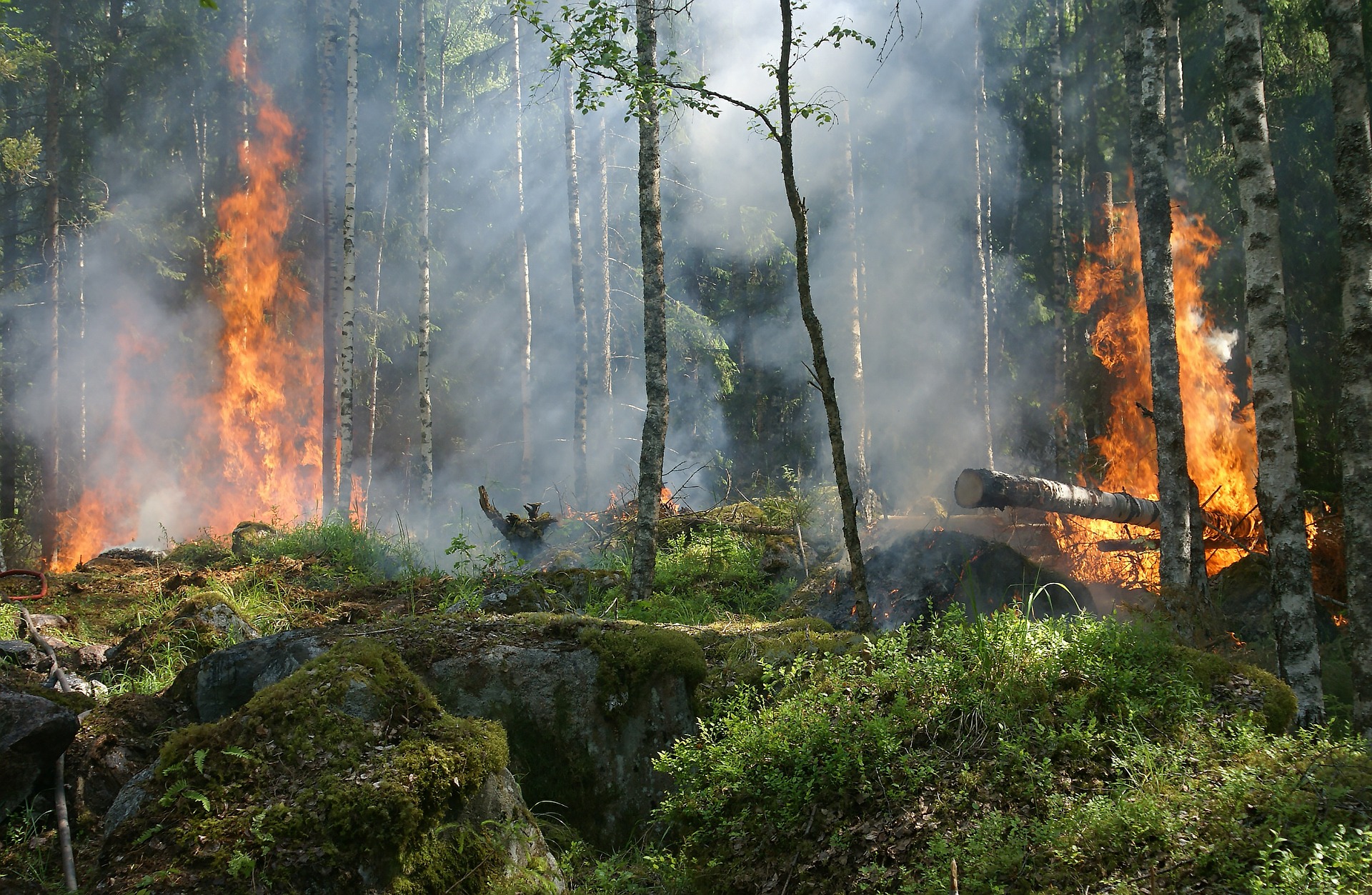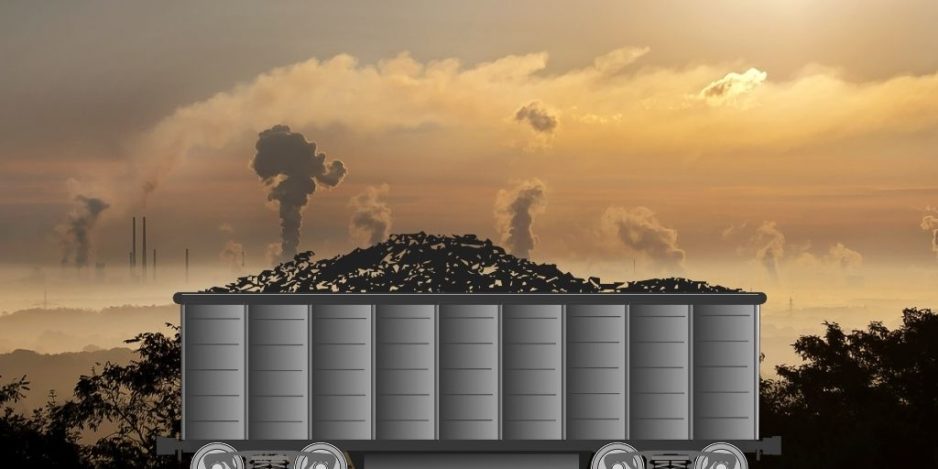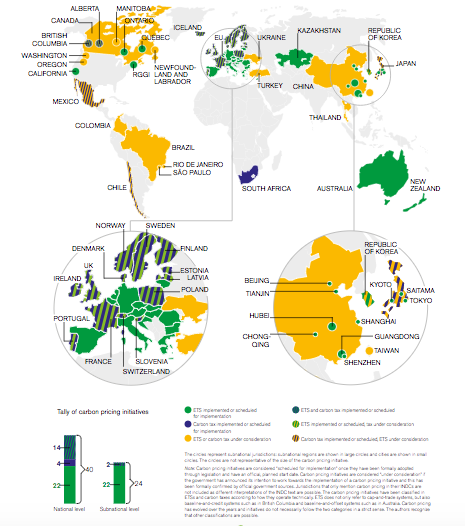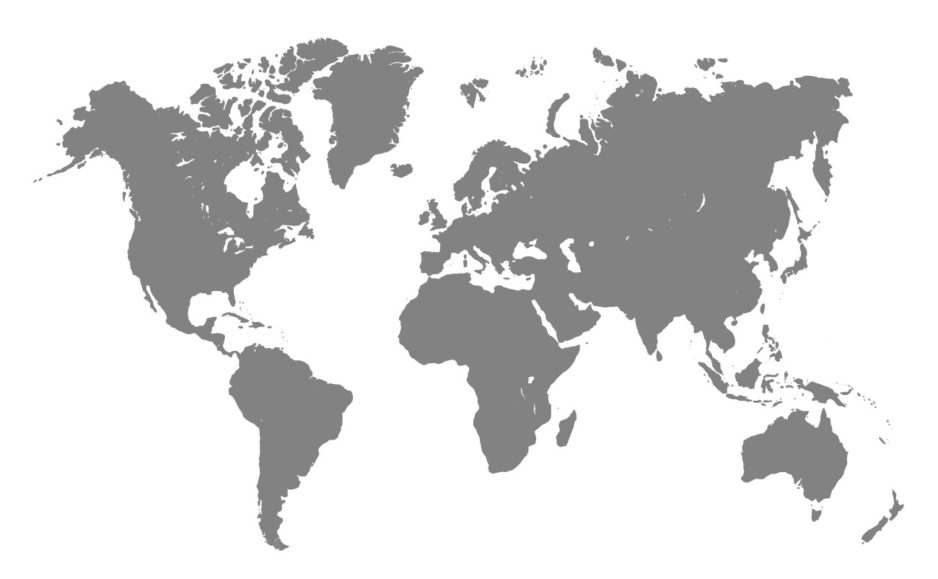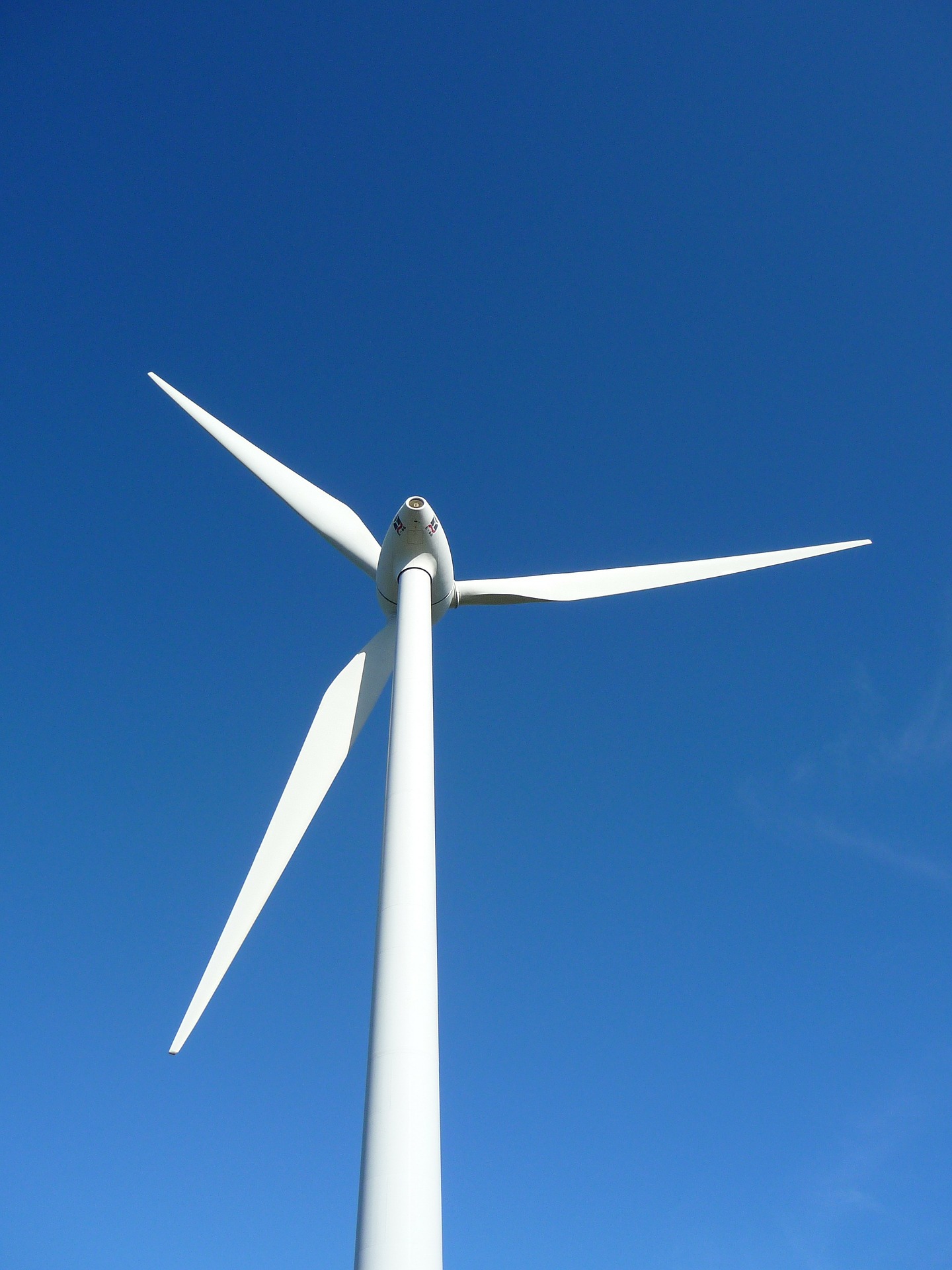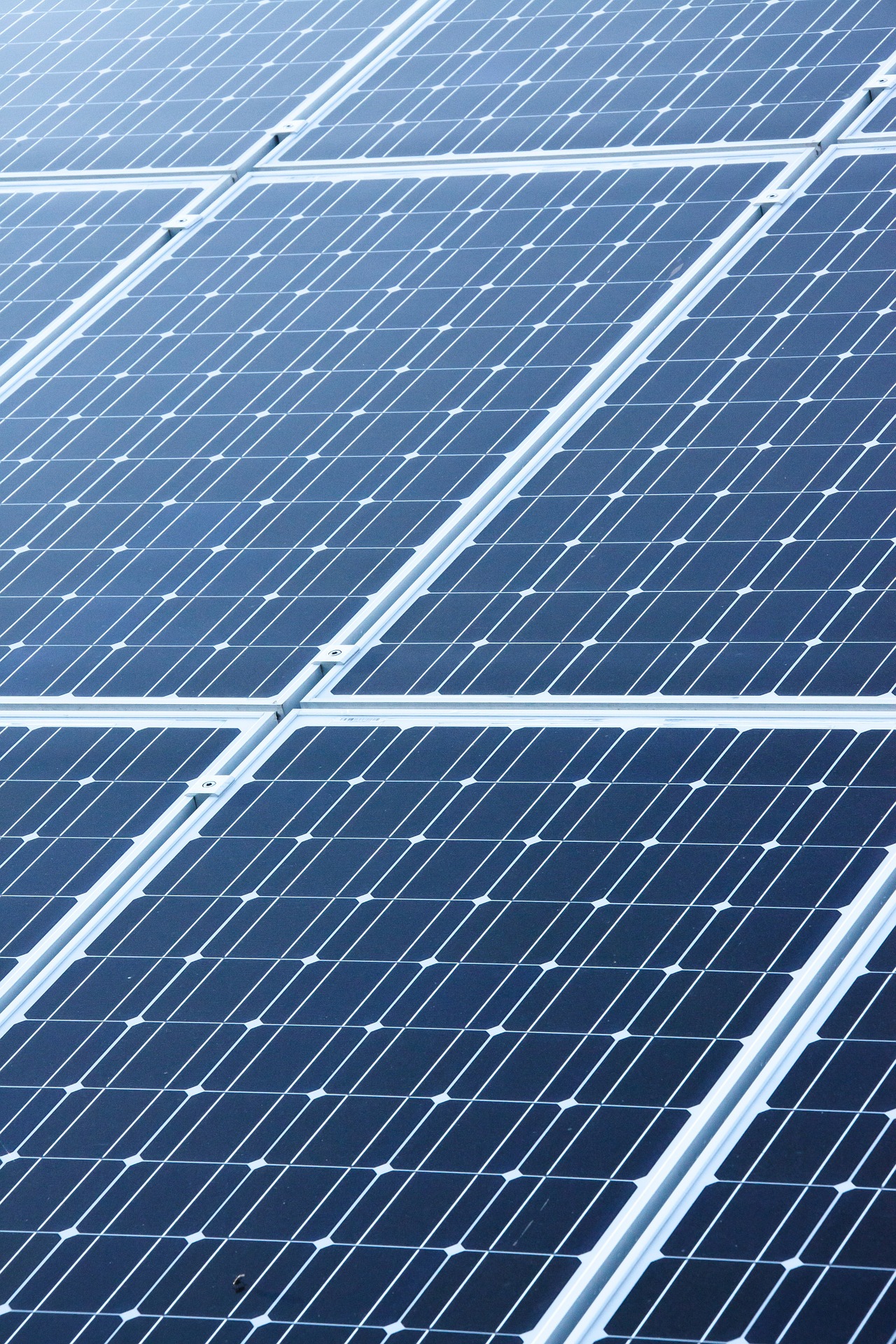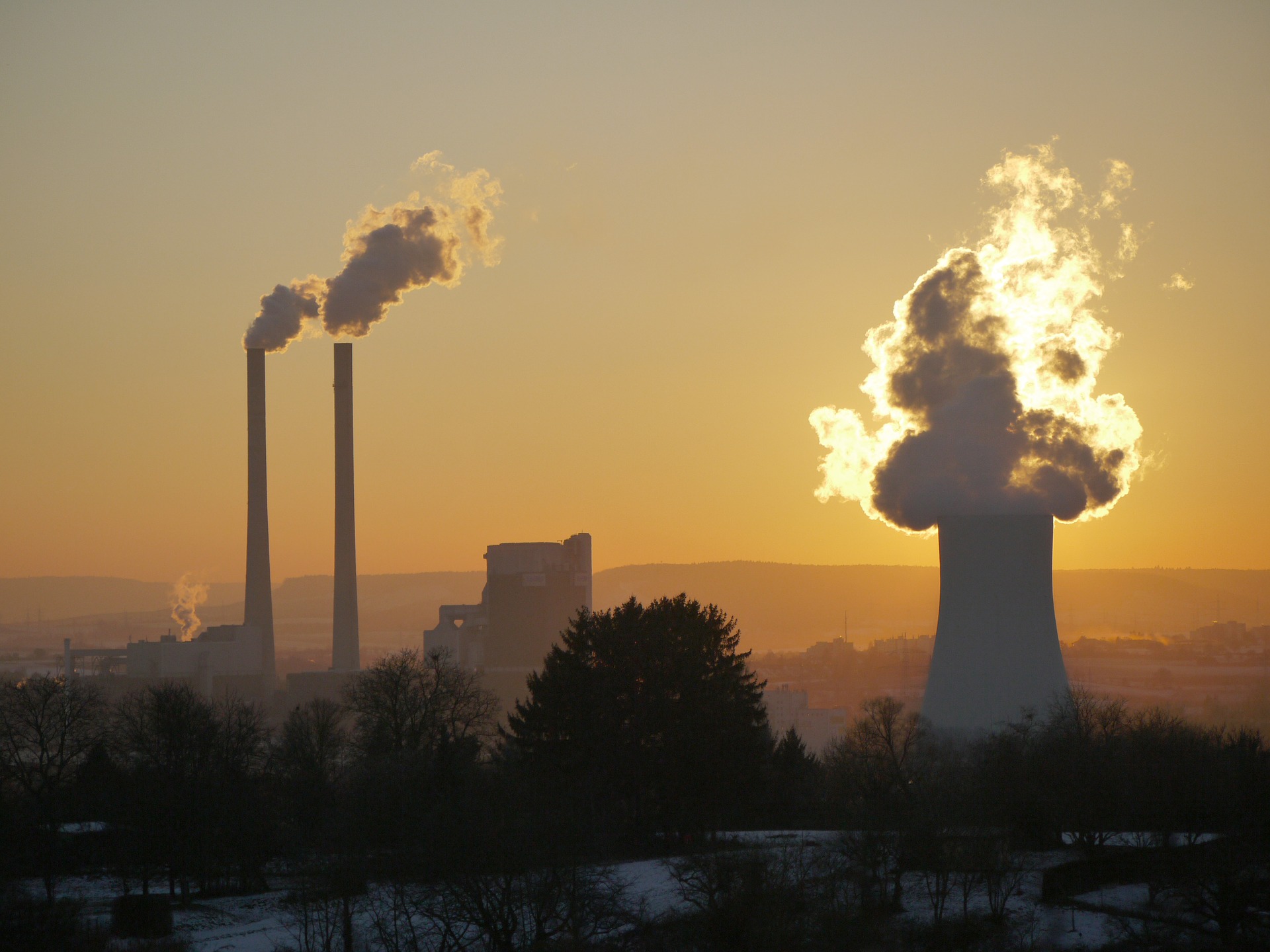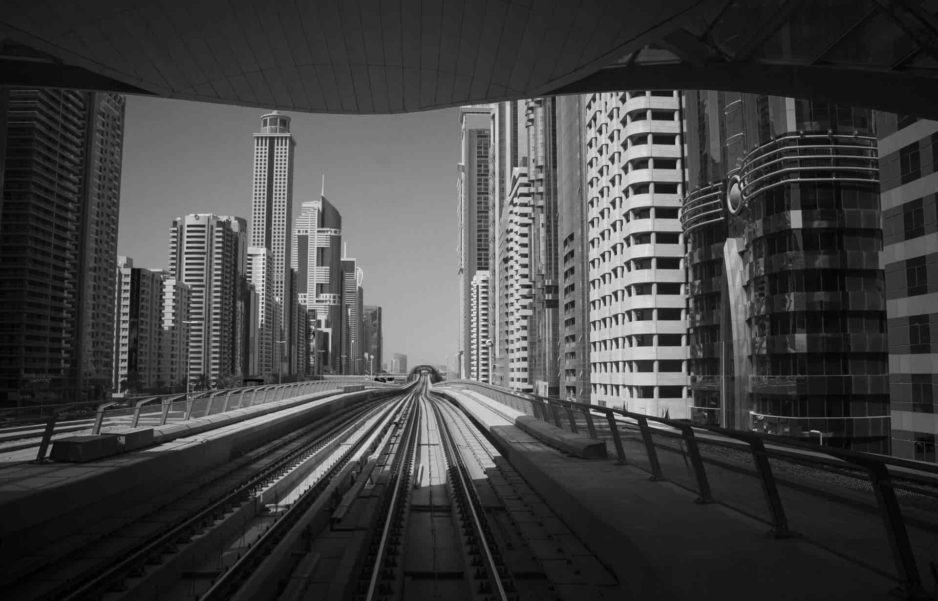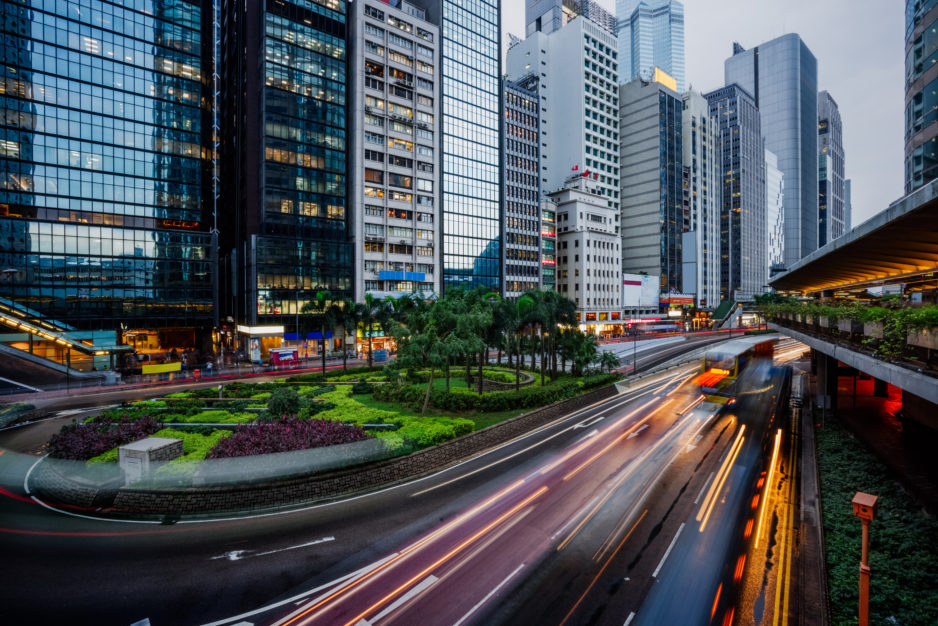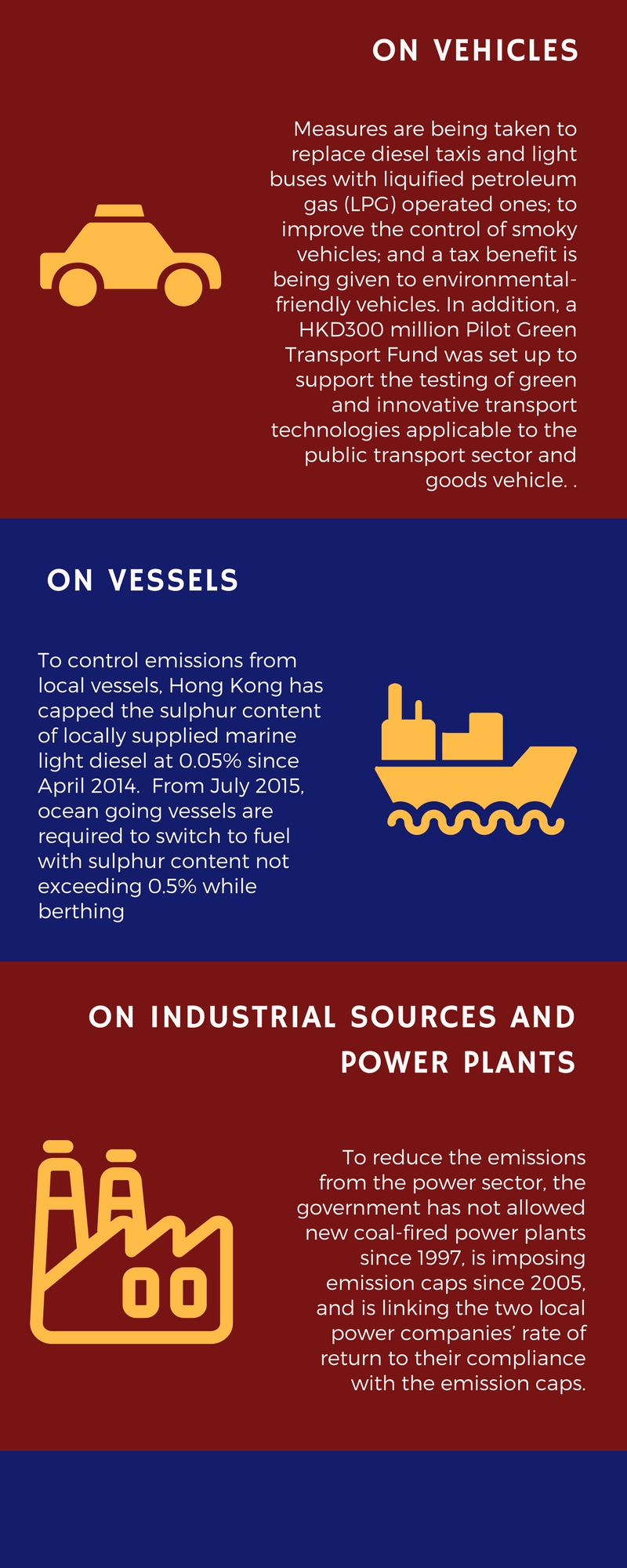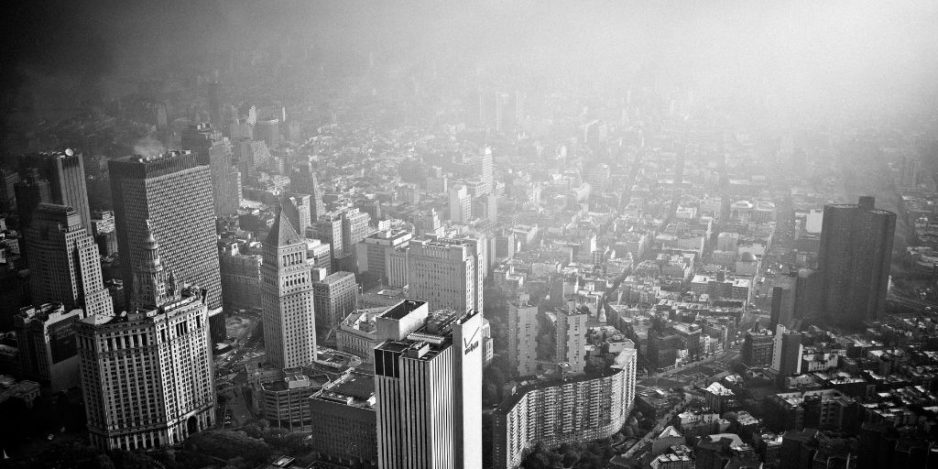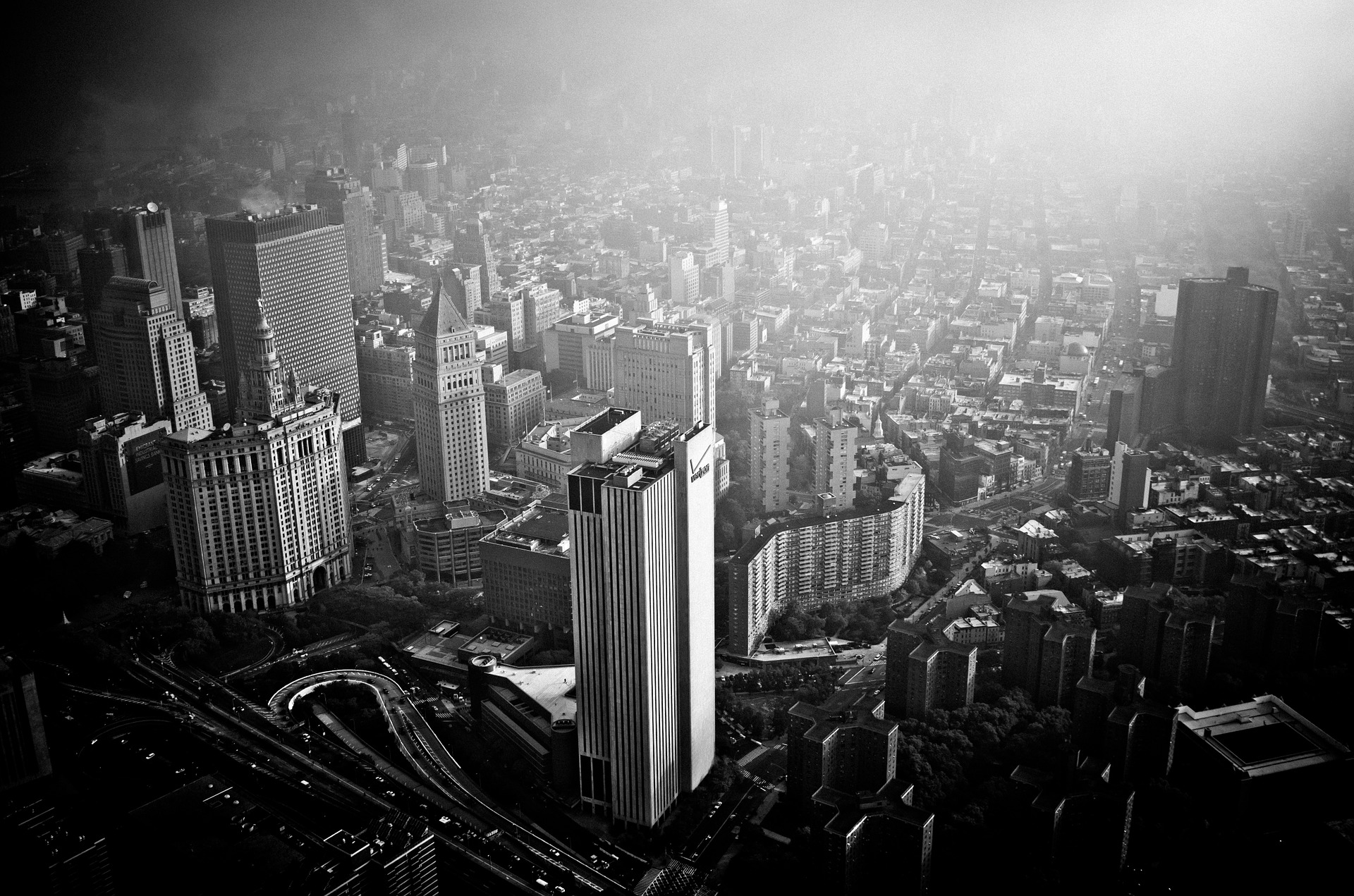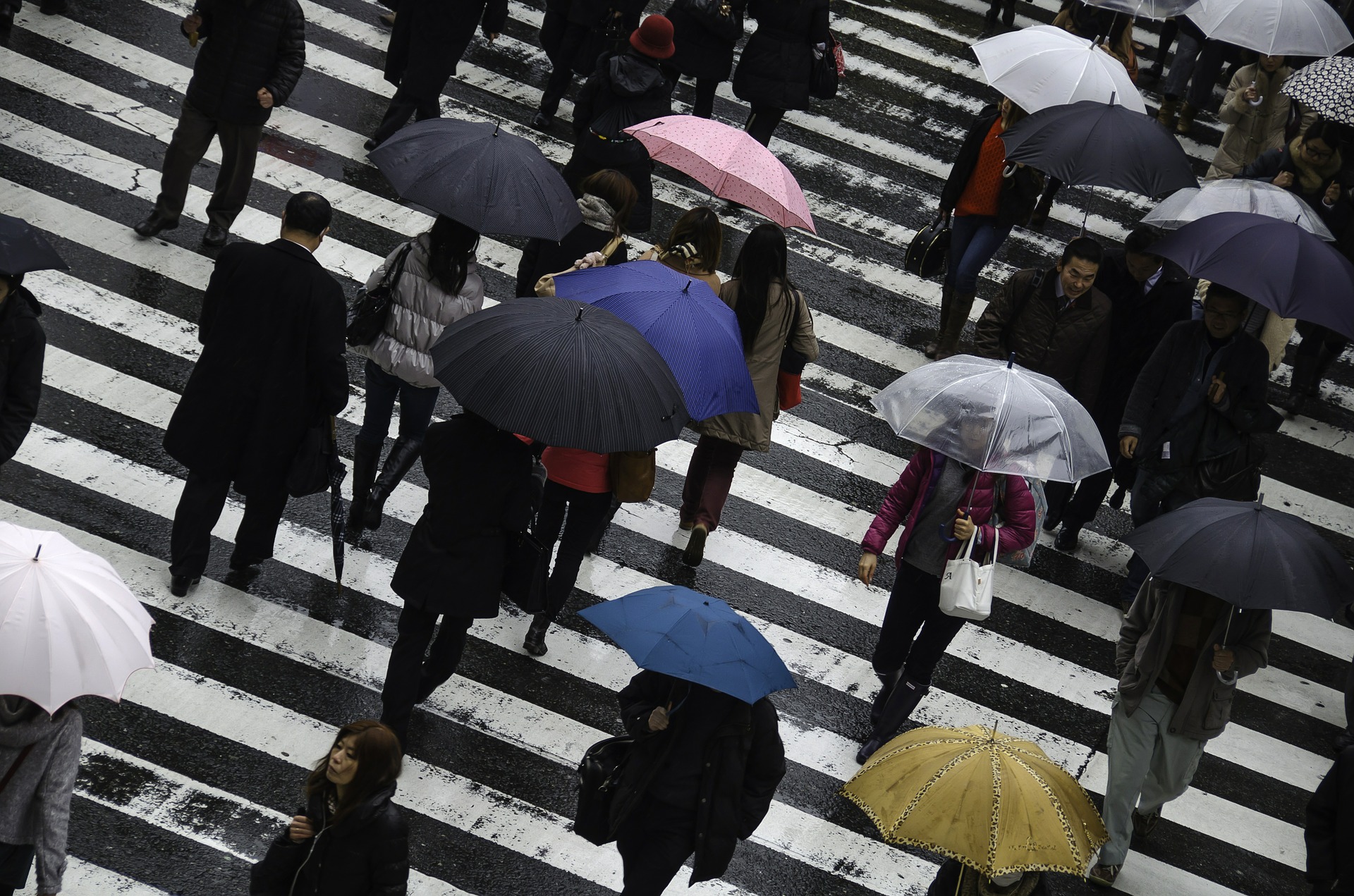We know for sure that city dwellers are highly affected by worsening air quality across the world and the majority of deaths caused by air pollution occur in cities. In the past ten years, cities have been working together as part of the group C40Cities to find solutions to protect their citizens. The Mayors of the cities that are part of this group have come up with some innovative proposals to push an Air’Volution that stems pollution in the cities. The end of March saw the announcement of bold plans to address locally created air pollution.
The C40Cities, launched in 2005, is a group created and led by cities that connects 90+ cities across 50+countries, representing 650+ million people and one quarter of the global economy. The group recognizes that cities generate most of the world’s carbon emissions and house almost 60% of the global population, hence the importance of their stance in transforming the systems that create the most carbon emissions: transport, building and waste.
What is the Air’volution?
It’s the collection of actions taken by cities to address air pollution and control vehicle emissions. Remember what started as a VW (Volkswagen) scandal? There is now a list of car manufacturers that have been found to manipulate the tests of car emissions. Not to mention that we now know the real polluting nature of diesel cars, even the EURO 6 diesel engines releases more fine particulate matter than heavy duty trucks. Such as:
- Emissions on the road have been proven to be 15 times greater than emissions in laboratory conditions. Paris and London are working on creating a scheme to score new cars based on their real-world emissions and air quality impact, rather than a laboratory measure. All data is expected to be released by end 2017 so that consumers will be able to know the score for each car model. Seoul, Madrid, Mexico City, Milan, Moscow, Oslo and Tokyo and other cities have committed to work in the development of a global scoring system.
“For too long, some vehicle manufacturers have been able to hide behind inconsistent regulation and consumer uncertainty about the damage their cars are causing,” said Mayor of Paris and C40 Chair, Anne Hidalgo. “This announcement is a wake-up call to car companies that they need to act now. Citizens of Paris and cities around the world demand clean air to breathe and this new scoring scheme will be key to helping achieve that. I am pleased that Paris, the city of the Climate Agreement, is working with London and Seoul to support this project.”
“This scheme is also a fantastic example of how big cities around the world can pool their expertise and their influence to encourage big industry to clean up its act. The toxicity of the air in London and many other big cities is an outrage, and schemes of the type we are introducing in London and Paris have the potential to make a massive difference to the quality of the air we all breathe.”
Other measures include:
Cities implementing low-emission zones: London has proposed to introduce an Ultra Low Emission Zone (ULEZ) in central London, where cars will have to meet the minimum emission requirements or pay a daily fine (£10). In Paris, vehicles are restricted access for the most polluting vehicles, through the use of Crit’Air stickers. And Seoul has recently designated a Green Transport Promotion Zone that restricts old diesel vehicles and construction equipment, the objective is to cut carbon emissions from vehicles by 40% and vehicle demand by 30%.
A number of Asian cities are part of the C40Cities: Auckland, Bangaluru, Bangkok, Beijing, Chengdu, Chennai, Delhi, Dalian, Dhaka, Guangzhou, Hanoi, Ho Chi Minh, Hong Kong, Jaipur, Jakarta, Kolkata, Mumbi, Nanjing, Singapore, Shenzen, Shanghai, Seoul, Sydney, Yokohama, Chennai, Mumbai, Tokyo and Wuhan. Most of these cities need to learn from experiences from other cities in reducing vehicles emissions.
We need to better understand air pollution patterns in our cities to make the most of these policies. Deployment of air quality monitors across the cities is the first step!
Sources:
C40 CITIES – Air’volution
C40 CITIES – Press Release: Mayors of Paris and London Announce Car Scoring System to Slash Air Pollution on City Streets
The International Council on Clean Transportation – First look: Results of the German transport ministry’s post-VW vehicle testing

